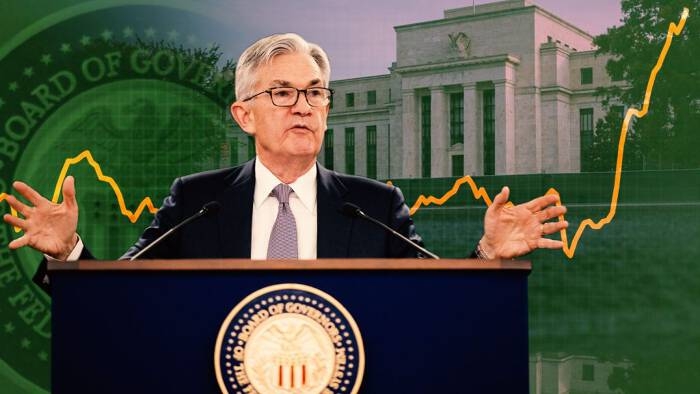When FED will pause rate hikes?
The FED raised its target interest rate by three-quarters of a percentage point to a range of 3.00%-3.25% and signaled more large increases to come. When FED will pause rate hikes?

The FED raised its target interest rate by three-quarters of a percentage point to a range of 3.00%-3.25%.
>> FED and its impacts on the US labour market
Asset prices have had a spring in their step in the early days of Q4 thanks, in no small measure to the Reserve Bank of Australia’s decision to lift its policy rate this week by 25-bps and not the 50-bps the market was anticipating. But it is the Fed that needs to produce this sort of surprise for a durable recovery in asset prices, not the RBA or anyone else.
For many months now monetary policy surprises, at least amongst the developed nations, have all been in the form of larger rate hikes than expected, or more hawkish statements than anticipated. That’s clearly included the Fed and, as a result, investors have not been cut any slack and asset prices have continued to fold. But now, if policy surprises become more balanced; even biased to the dovish side, asset prices could start to recover on a durable basis, particularly if it is in the US.
However, an important point to consider here is that the way the Fed sets policy is different now following its August 2020 monetary policy review. No longer does it set policy based on its forecasts of what inflation and unemployment will do in the future. Instead, it waits to see how these variables move, and then reacts.
Of course, many would argue that this is why the Fed was so far behind the game when it started to lift rates although, to be fair, more forward-looking central banks hardly timed things much better. Nonetheless, if the Fed continues to follow the new strategy adopted back in 2020 it seems that it won’t show the sort of foresight that the RBA is trying to display now.
Instead, it will wait until it is crystal clear that inflation has been defeated, at least when it comes to the first rate cut and that’s probably why FOMC members doubt that the Fed will cut until 2024. This being said, the market will move ahead of the Fed, just as it did in the tightening cycle.
Fed Chair Powell even refuted claims that the Fed had been behind the game with its first rate hikes by arguing that financial conditions had already been tightening for some time before the first rate hike and, of course, much of that tightening came about from movements in financial markets.
In short, the market started the job off for the Fed on the way up for policy rates and it will do so again on the way down. That’s just in the nature of financial markets. However, sometimes financial markets still move too early and there’s a danger that they do so again.
The RBA, for instance, is not a good template because the Fed does not tend to reduce the size of rate hikes when it gets to the end of a tightening cycle. In the last two cycles, it ended with rate hikes that were the size of those used through most of the cycle and, in the one before that, it actually ended with a rate hike that was the biggest in the cycle!
>> Will FED go harder with its rate hikes?
This being said, recent rate hikes of 75-bps are large in a historical context which would seem to offer some hope that late-stage hikes could be a bit smaller. Standard Bank’s own forecast does fit that idea with one more 75-bps hike followed by 50-bps to push the fed funds target rate up to 4.5% before the Fed pauses for breath.
Mr. Steve Barrow, Head of Standard Bank G10 Strategy, said: “The risks to this forecast lie to the high side, not the low side. Our argument for many months now has been that the Fed would need to push rates up into a 4-5% range and a finishing point with a 5 handle is still not off the table in our view”.
“In the end that could be correct and those predicting a lower peak and earlier cuts could be proved right because their forecasts of how the economy develop prove more accurate than most – including the Fed. But, the Fed’s new strategy is not to pin policy decisions on its forecasts, or those of any others. Instead, its strategy is to watch and see how the data pans out and then adjust”, said Mr. Steve Barrow.
As we said earlier, this will mean that it eases too late, just as it tightened too late. But it seems that the Fed would rather do that than ease quickly on the basis of forecasts for much lower inflation and much higher unemployment that could ultimately prove wide of the mark.








